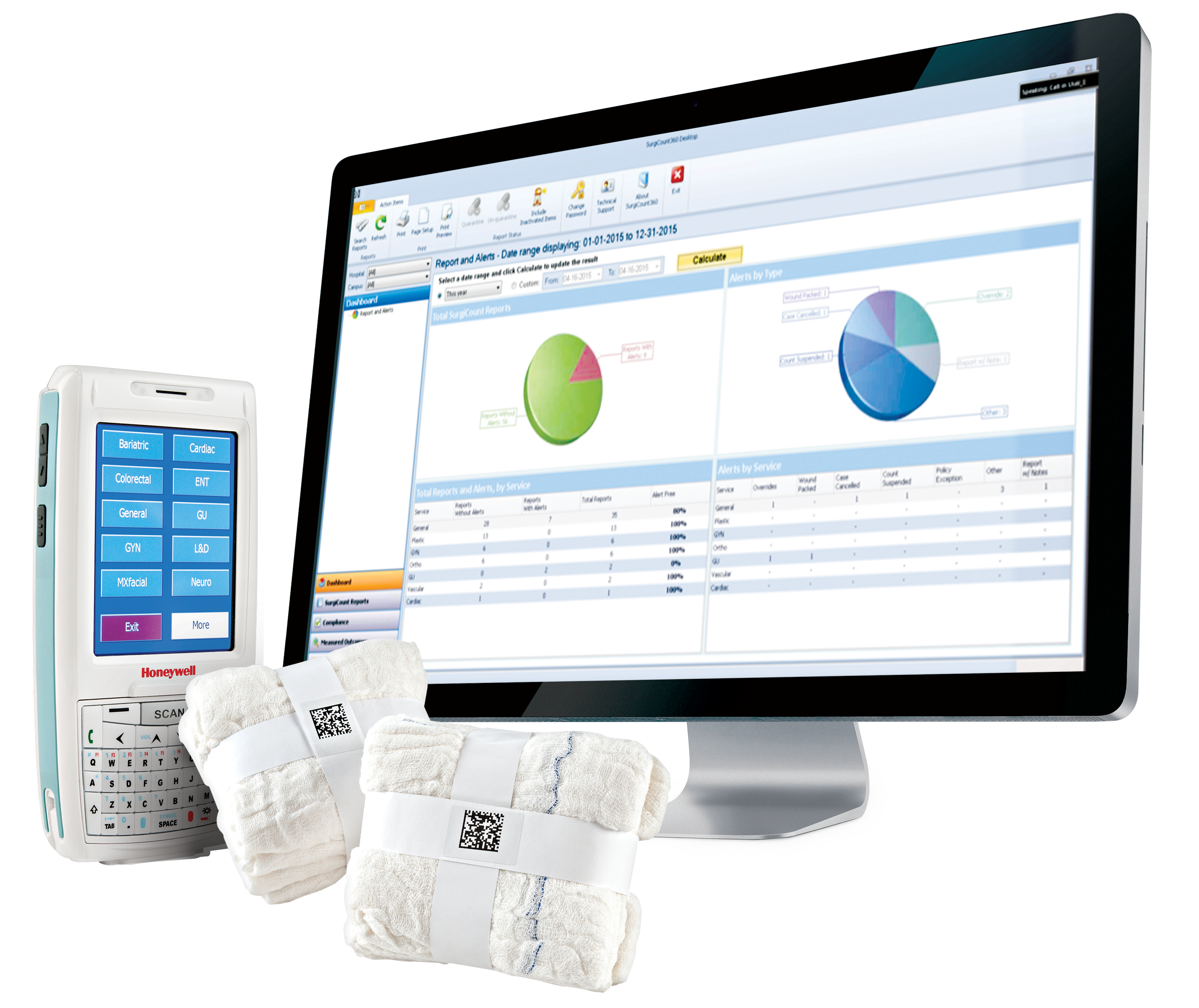Retained surgical sponges continue to be a frequently reported sentinel event in operating rooms across the U.S. The incidence of retained surgical sponges was estimated in one study to be one in every 5,027 surgeries, but that estimate was an educated guess, and in fact the true number is unknown — and likely unknowable.
But even if the estimate, which dates to 2005, is correct, the ratio will offer little comfort to that one in 5,000–plus patients wheeled back to their hospital rooms for postoperative recovery with a surgical sponge unintentionally and unknowingly retained at wound closure.
It is also little comfort for the surgeons, staff, and hospitals when one considers that each retained sponge places the patient at risk for complications such as infection or even death. Even in cases with less-severe complications, a retained sponge costs providers and their insurers an average of $600,000 in corrective surgeries, indemnity payments, and legal costs.
Along with the study above, another report estimates the incidence of retained sponges to be 10 to 12 times per day in the U.S. alone. Therefore, by definition, retained surgical sponges are not a “never event.”

The Stryker SurgiCount Safety-Sponge System is designed to help prevent retained surgical sponges. (Image credit: Stryker)
In the October 2016 issue of the International Journal of Surgery, the case report “Surgical sponge forgotten for nine years in the abdomen” provides an excellent review of the ramifications of retained surgical items and specifically a surgical sponge. The subject of the report is a 34-year-old female patient presenting to an emergency department with abdominal pain and fever for one month. Her past surgical history was remarkable for a cesarean section at the age of 25. The workup included an abdominal and pelvic computed tomography (CT scan) that revealed an abscess in her lower abdomen. She was taken to the operating room and an exploratory laparotomy was performed. A retained surgical sponge was found and removed. The patient had an uneventful postoperative period and was discharged home on the third postoperative day.
Fortunately for this lady, the complications of her symptomatic gossypiboma or retained sponge were not as severe as others documented in the literature.
For non-surgical personnel and lay readers, there are two primary questions: How are sponges accounted for in the operating room and why do mistakes continue to occur?
The standard nursing practice is for the surgical count (sponges, instruments, sharps) to be completed audibly and visually by two perioperative personnel — one of whom is the registered nurse. In general, the circulating registered nurse and the surgical technician perform the count by simultaneously counting each individual sponge, instrument, or sharp. The count is recorded by the nurse on a whiteboard in the OR.
At various benchmarks during the procedure and at the time of wound closure, subsequent counts are performed and compared to the baseline count to ensure that all items have been visualized. The result of the count is recorded in the operative record as correct. If there is a discrepancy in the numbers, the missing item is identified and a systematic search is undertaken according to standard protocol.
In 88 percent of cases where a sponge was retained, the final count was recorded and reported as correct. This erroneous reporting is referred to as a “false correct” count.
Research indicates that human factors present in the OR environment contribute to errors in counting: distraction, multitasking, fatigue, stress, and time pressure among them.
The Association of peri-Operative Registered Nurses (AORN) in their 2016 Guidelines for Prevention of Retained Surgical Items states that FDA-cleared adjunct count technologies should be considered to supplement the manual count procedure.
Adjunct technologies on the market that are used in parallel with the manual count have been shown to significantly reduce the risk of retained sponges. Accounting technology provides perioperative staff and surgical patients reassurance that specific additional measures are in place to reduce their risk of harm from a retained surgical sponge.
Mary Johnson is clinical manager for Stryker SurgiCount. She is a Certified Perioperative Nurse. (CNOR)




